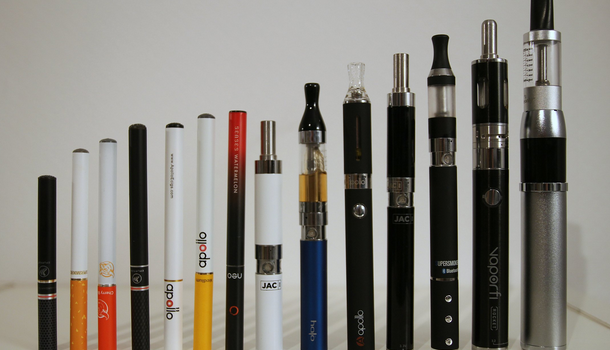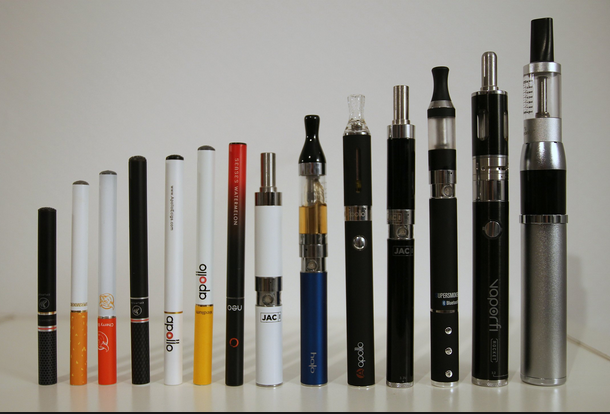Is Advancing Technology Making eCigs Harder to Regulate?
As of right now, e-cigarettes are not regulated. Oh, sure, state and municipal governments have enacted various bans and controls, but by and large, the industry has little official oversight in the US. When exactly that will change is still up in the air, but moves from the FDA have made it clear that the agency does intend to take vaping in hand.
However, it’s worth noting that initial plans to do so were first announced in 2014. Now, over a year later, they’re still just that: plans. Actually regulating the use of vaporizers and e-cigs poses a nasty challenge to government agencies trying to tackle the task. New designs and new technologies have emerged regularly as the practice has become more and more popular, adding new levels of complexity every time they do.
The Changing Landscape
Say what you like about traditional cigarettes, but if you’re the FDA, there’s at least one reason to like them. By and large, when you regulate cigarettes, you’re regulating the same product. Details such as packaging, flavoring, and marketing are all highly variable, but the actual item behind them all? Pretty stable.
That’s not the case with vapes – not even remotely. The first generation of e-cigs bear little resemblance to those in current use. Early products were designed to mimic cigarettes in appearance, and used low-yield mechanisms to atomize e-liquid manufactured in (occasionally less than above-board) labs in China.
Current vaporizers (such as the Pax 2) are designed to look nothing like cigarettes. And as the vaping craze has caught, a massive industry has sprung up to meet it. Boutique brands advertise vaporizers designed by rap moguls, and the designer e-liquids that many vapers use is chemically miles away from what was popular even two or three years ago.
Keeping Up
It’s not hard to imagine the effects these changes have on the FDA. New legislation rarely comes around quickly (just look at the kerfuffle surrounding the regulation of drones), and when the industry that it seeks to address has seen sea changes in the time since the initial guidelines were drafted – you get the idea.
One of the most important factors in actually drafting new regulations is determining what exactly needs to be regulated. For the FDA, this largely comes in the form of risks a product or industry poses to public health. And when we’re talking vaping, this isn’t always a clear-cut issue.
Let’s take e-liquid for instance. Early manufacturers often used the cheapest materials at hand. Sometimes, that meant chemicals such as propylene glycol might make an appearance in cartridges. While not actively deadly, this additive has been shown to be a potential factor in respiratory and immune disorders in children when inhaled, making it an obvious second-hand smoke risk. However, newer liquids use different, safer materials, rendering an entire risk category potentially moot.
What’s at Stake
Even if looming regulation might seem a little menacing to some vapers, there’s little doubt that the industry could use a guiding hand. Some of the primary supporters of the FDA proposal point to the fact that, at the moment, vaporizers can be legally sold to minors in states that haven’t drafted their own bans.
But actually creating intelligent, up-to-date guidelines may take time. New studies on vaporizer use emerge constantly, but don’t always paint a clear picture of health risks. In the time that it takes to evaluate these, the industry may well have moved ahead, putting the FDA, yet again, in catch-up mode.

















2 Responses to Is Advancing Technology Making eCigs Harder to Regulate?